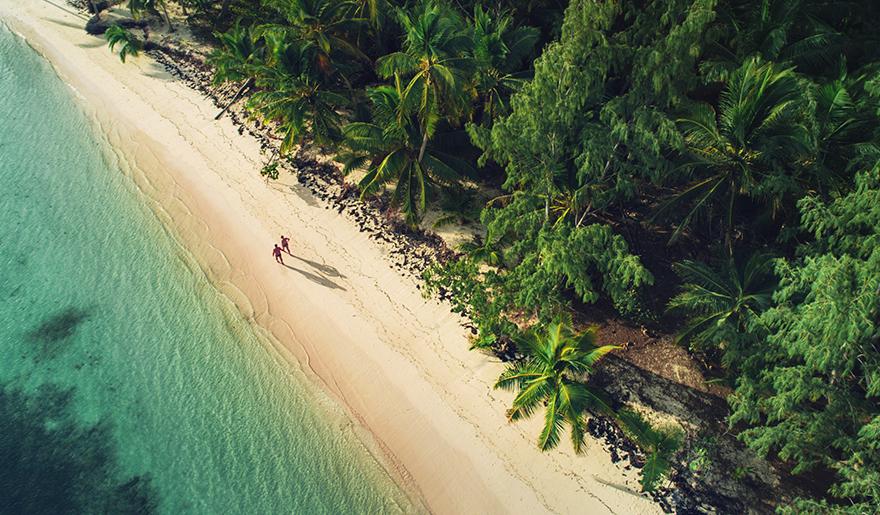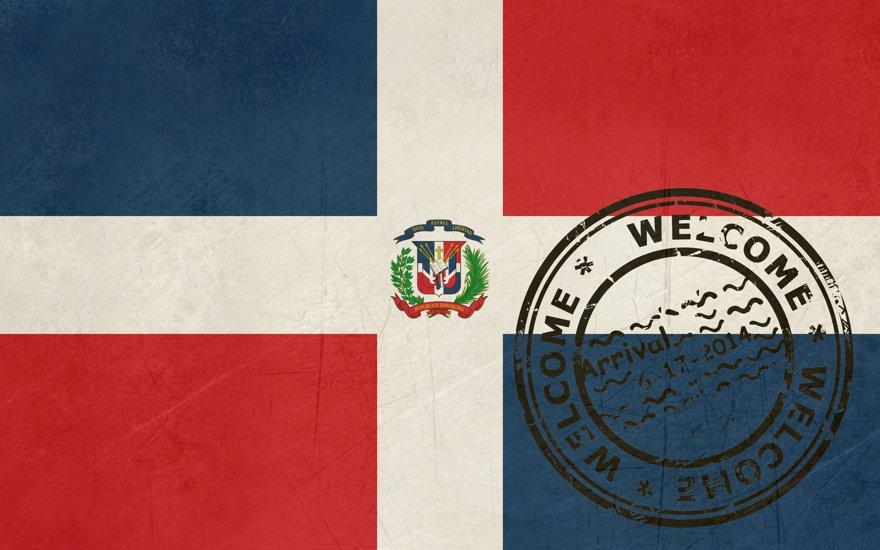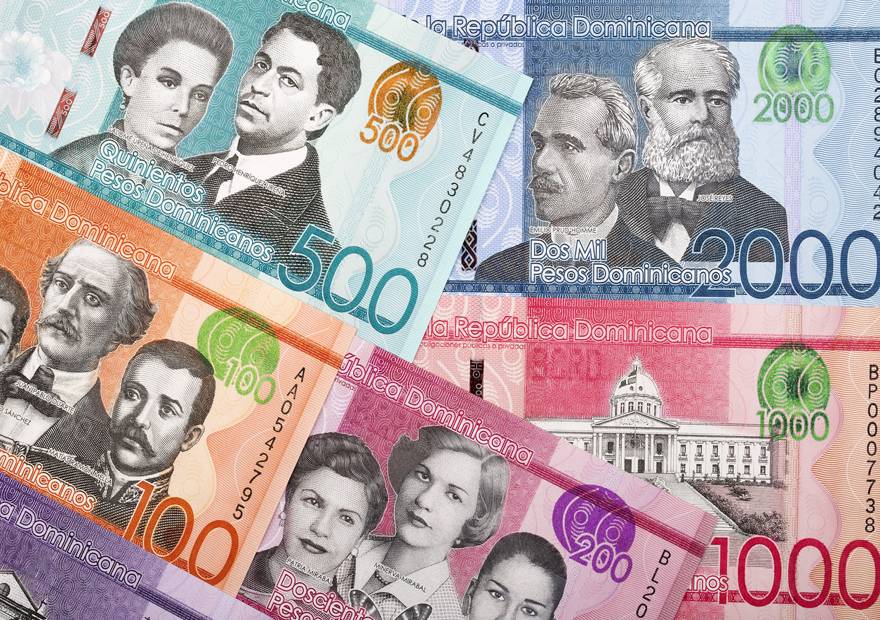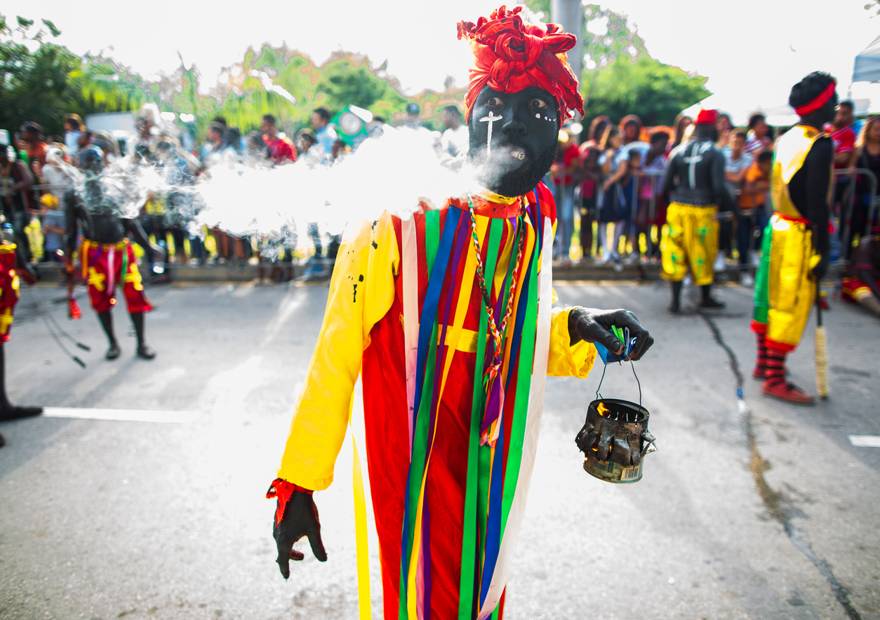
25 Jun Recommendations for Travelling to Punta Cana
Recommendations for Travelling to Punta Cana
One of the main tourist destinations worldwide is the Dominican Republic and, specifically, Punta Cana, as there are many advantages when it comes to visiting this tropical paradise: warm temperatures 365 days a year, crystal clear and calm waters along all its coasts, an exotic diet of intense flavours and unique biodiversity.
Beyond the remarkable characteristics of this paradise, Punta Cana offers many secrets that will continue to dazzle us with its Caribbean coastline. And the fact is that places like Punta Cana deserve to be visited at least once in a lifetime. If you’ve already decided that this paradise will be your next destination, you probably have a number of questions that need to be answered before you start organising your trip to this magical enclave in the heart of the Caribbean.

What useful information should you know before travelling to Punta Cana?
The preparations for travelling to Punta Cana are very simple, since the All-Inclusive category of your resort will offer you endless details and exclusive experiences for you and your family throughout your stay. Although the all-inclusive category offers many amenities, it’s important to be aware of several basic tips to make your stay on the island as comfortable as possible.
These are some of the factors that you should keep in mind when planning your trip to Punta Cana:
Climate
The climate is tropical, with very stable temperatures throughout the year, ranging from 25 to 35 degrees Celsius. The highest temperatures are recorded in the summer months, July and August, while between November and January they drop a bit, reaching 18 degrees in high altitude regions, and 24 degrees in the rest of the country.
It’s important to bear in mind that since it’s a warm tropical climate, there is abundant rainfall. The rainy season coincides with the summer, as there are generally two established rainy seasons: from April to June, and from September to November.
Being in the northern hemisphere, the seasons coincide with those of the entire European continent.

Currency in the Dominican Republic
The country’s official currency is the Dominican peso. Although ATMs only issue money in this currency, you won’t have any problems making payments and reservations for activities, since most establishments accept any other international currency, such as the euro or the US dollar. Likewise, and although the Dominican peso is the official currency of the Dominican Republic, in the island’s real economy, especially when tourism is concerned, the US dollar is the preferred currency, since the peso is much more unstable.
You will find numerous currency exchange options both at the airport and in most hotels and resorts. It’s also important to know that it is common to bargain, a good thing to keep in mind if you run into street vendors on the beaches of Punta Cana.
On the other hand, during your stay in the Dominican Republic, we recommend that you be extremely cautious when using credit cards, to prevent them from being subsequently used fraudulently, through duplicates or by copying the numbers.

Required documentation
In addition to your passport, required for travelling to any foreign country, in the Dominican Republic it’s essential and a very good idea to be issued the tourist card.
The tourist card is a document that can be issued at the airport or any point of entry into the country, at Dominican embassies, or even in your home country, included in the pack offered by travel agencies.
It has a price of approximately 10 euros, with a validity of one year from its date of issue and with which you can enjoy a stay of up to 30 days in the country. This card is a tax established by the country’s government for those who visit it, and therefore can only be used for tourism purposes.

Travel insurance for the Dominican Republic
Having insurance for your trip to Punta Cana is in your best interest, offering protection against any type of incident that may occur during your stay. Including everything from protection against lost luggage or inconveniences caused by a delayed flight, to international private medical coverage or legal protection, if necessary.
Visa
To access the Dominican Republic, you need to obtain a Tourist Visa. You can apply for one online on the official website of the Government of the Dominican Republic. These tourist visas are granted for tourist and cultural trips, as well as for attending conferences or conventions. It’s important to know that they are valid for 60 days and you can choose between a single entry or multiple entries.
Vaccines for travelling to Punta Cana
No specific vaccines are required to explore the Dominican Republic, however, some travellers are advised to get a few by way of prevention. This is the case of hepatitis A and hepatitis B, or the typhoid fever vaccine.
For more information, visit the following article: Vaccines for Travelling to Punta Cana.
Carnival: one of the most traditional festivals
Dominican culture has very exotic elements and traditions, resulting from the fusion of the Spanish, African and Taino cultures. But without a doubt, one of the festivities that stands out within the Dominican culture is Carnival, a tradition that’s deeply rooted in the Dominican people and represents a full expression of their identity.
The best known carnivals internationally are those that take place in La Vega, and the one held in the country’s capital, Santo Domingo, normally held between the last Sunday of February and the first Sunday of March. In this celebration, the Ministry of Tourism and Culture hands out awards for the best costumes, groups… divided up into different categories.

With these tips for travelling to Punta Cana, you should be able to take the first steps in organising what will be one of the most unforgettable trips of your life. You should also consider what things to take in your suitcase, and after these tips for travelling to Punta Cana, it’ll be time to let your imagination fly and explore all of the unique experiences that you’ll discover in this fascinating part of the Caribbean.




No Comments